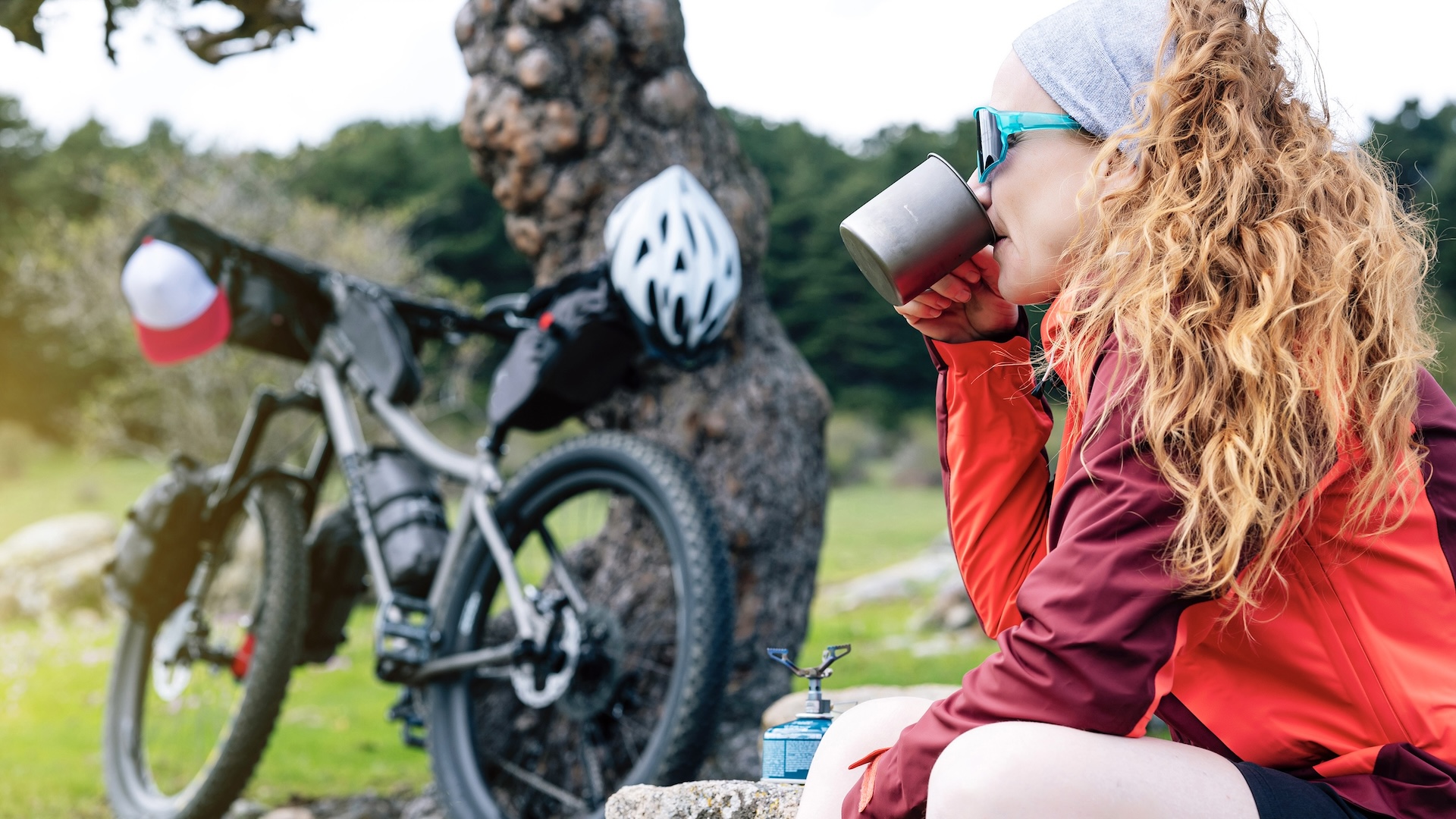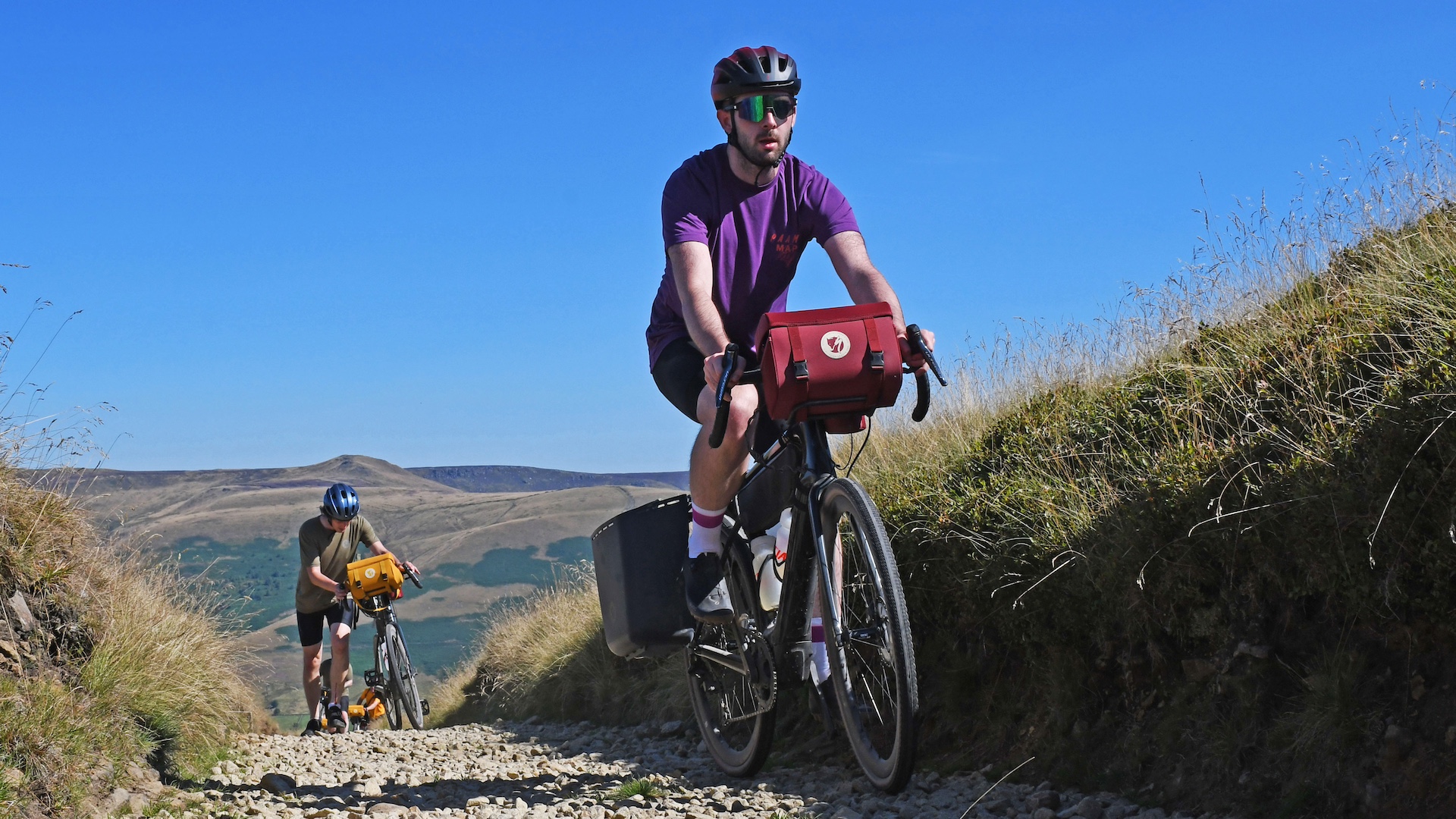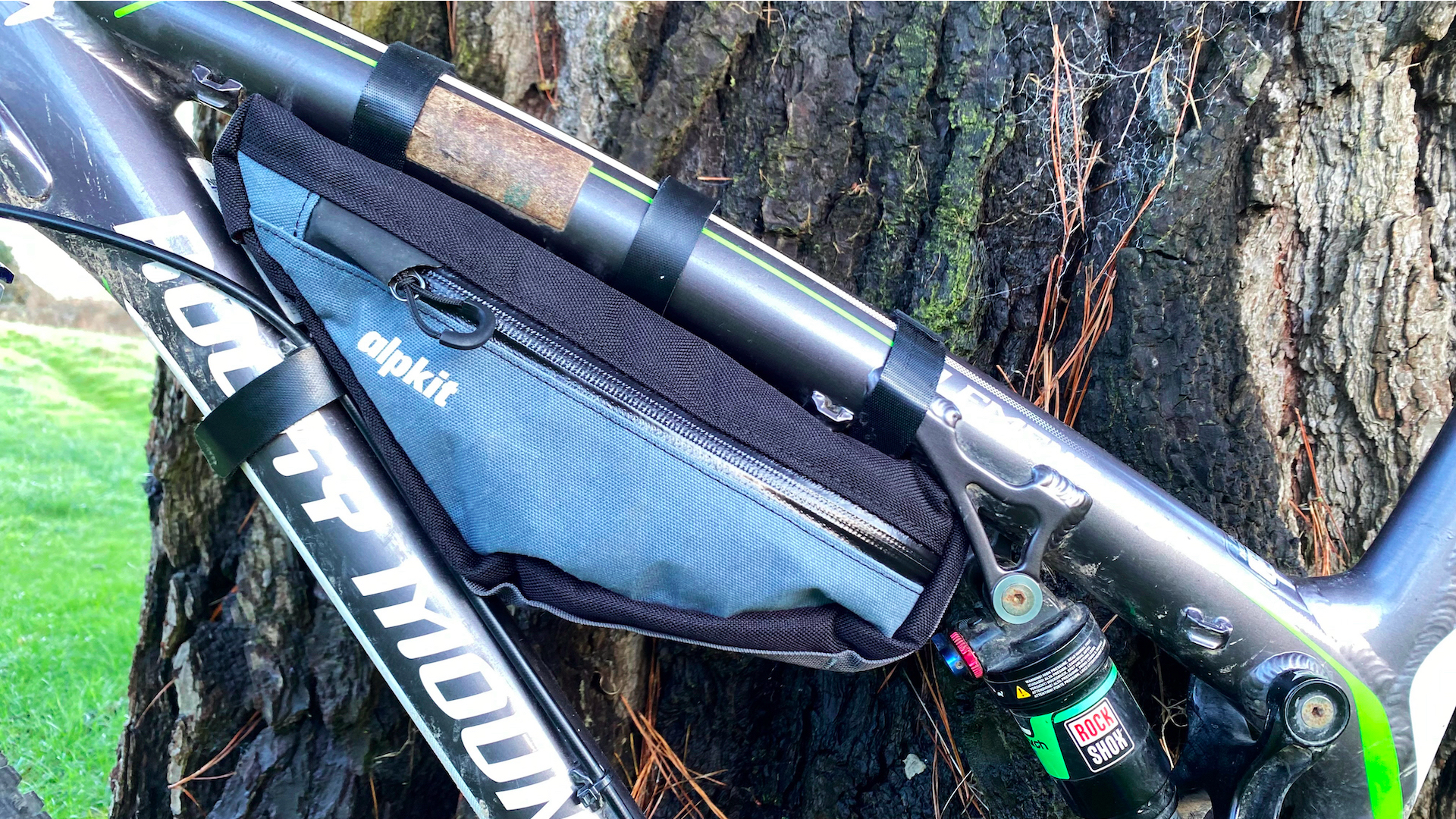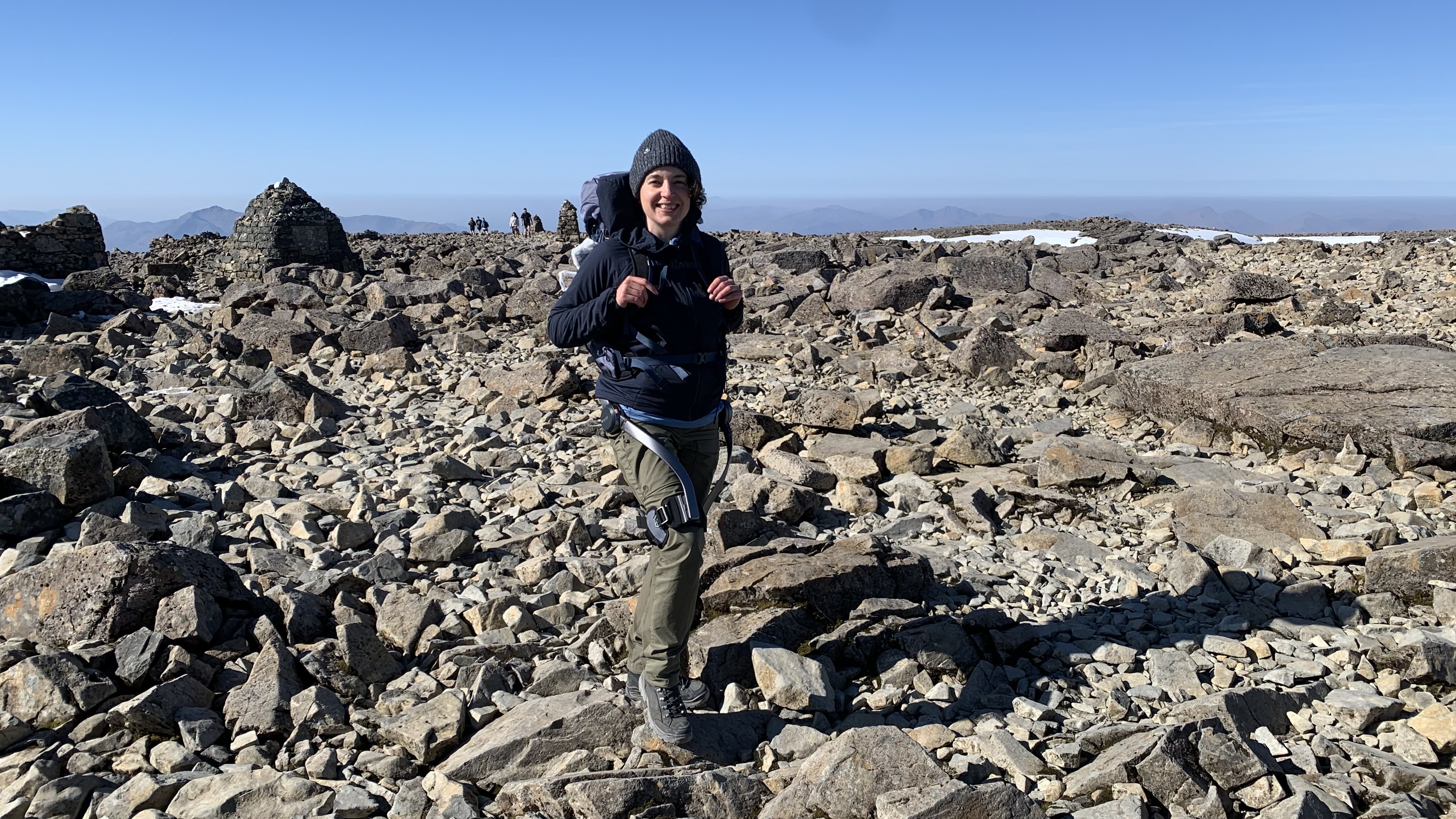“Bikepacking is all about getting further from civilization” – 7 pro tips for planning a successful bikepacking trip into the wild
We speak to a bikepacking pro about how to make the most out of your trip on two wheels

Do you love the idea of a thru-hike but lack the paid vacation days to pull one off? Or prefer the idea of roaming the backcountry on two wheels rather than in hiking boots? A bikepacking trip might be your ideal ticket if you’re looking for adventure travel ideas this year.
Like backpacking, bikepacking is an excellent way to take a multi-day adventure into the wild, but once you add wheels, it all seems a bit more complicated. Where to even begin? We recently caught up with John Dewey, director of Epic Road Rides, to get his pro tips for planning a successful bikepacking adventure.
“Bikepacking is all about adventure,” says Dewey, who speaks to us six days into a 10-day trip along Scotland’s Hebridean Way, a 200-mile trail that spans 10 different islands. Already on this tour, he’s seen dolphins and seals.
“I think the very essence of bike packing is really to get further from civilization, to have real adventures.”

While not every trail is open to bikes, when you find one that is, you can get further in a shorter space of time, see more incredible views and all with a relatively low footprint, assuming you’re following the principles of Leave No Trace and getting to the trailhead without too much reliance on carbon emissions.
To help you plan, Dewey offers up the following tips to make the most of your time.
1. Pick a spot to camp
It might seem like the first step in planning a bikepacking adventure should be to begin with a trail you want to explore, whether that’s the Lost Sierra Loop or the Great Divide trail – but that’s probably something you’ll want to work your way up to. For your first bikepacking adventure, Dewey recommends just picking a place where you’d like to spend the night.
Advnture Newsletter
All the latest inspiration, tips and guides to help you plan your next Advnture!
“The best place to start is to think about a great campsite that you would want to spend the night at, because I think it's the campsite on an overnight trip that really makes makes it memorable.”
Picking the destination first then guides the remainder of your journey, from where you’ll be starting to what time you need to leave to arrive by dark.
2. Don’t overpack
What kit you take on a bikepacking adventure is obviously really important to how much you enjoy yourself, but on the other hand, it's really easy to take too much stuff, something Dewey admits to falling foul to.
“A mistake I've made is taking too many different sets of clothes, so plan that in advance and have good layers, much like you would for hiking to be warm in the conditions. That's important.”
As for what to bring, Dewey recommends using a packing list, which you can learn more about in our article on bikepacking essentials and it’s worth taking a look at the 25 worst things to take on a bikepacking trip while you’re at it.
As for the basics, Dewey says, you’ll need a mountain bike or gravel bike with wide tires and the ability to to carry some luggage, while bikepacking bags that go on your handlebars are a great way to keep gear like your phone close to hand.
Carry a small set of LED lights in case you get caught out on the trail in the dark and if you really get into it, consider a bikepacking-specific tent like the Big Agnes Spur that has extra room for gear and is designed to affix to your handlebars when you’re on the move.

3. Test your gear
Before packing all your new gear, Dewey recommends testing it out first and trying to offset any potential trouble spots so you don’t need to find out about them on the journey.
“You will have things go wrong, and that's part of the adventure. But yeah, try identify things before you go. Is your kit rubbing? Have you got a puncture? Making sure that your bike is in a really good state of repair before you go is is really important.”
His top tip to avoid tears on the trail is to use 5. when attaching your bags to your frame to avoid scratching it.
“It's amazing how a small rub can do do more damage to your frame or paintwork than you would think.”
4. Research your route thoroughly
Once you know where you’re going, do as much research as you can on things like current trail conditions, distances and elevation gain, and make sure you know exactly where cyclists are allowed to ride in the place where you’re going.
For this, Dewey uses the app Ride with GPS which, when in cycling mode will make sure you’re on the right path the same way AllTrails does for hikers.
“It’s a really brilliant online planning tool and I find it works really well for bikepacking, because the cycle routes include things like bridal ways in the UK.”
Use our guide to different bikepacking apps, find one that suits your needs and practice using it before you take off.

5. Be realistic about pace and distance
If you’re planning a bikepacking trip, you’re probably already an experienced cyclist, but it turns out that only gets your so far.
“What people often underestimate is the time it might take you compared to normal mountain biking or cycling on the road. You're obviously gonna have more kit, you're gonna want to take more time, enjoy the view,” says Dewey.
That may mean setting off earlier to avoid arriving in the dark and planning on shorter days than you think you can manage on a regular ride.
“You may have issues you haven't encountered before, particularly when you're getting going with your kit. You'll have to stop for for food and water, so just allow plenty of time.”
6. Bring proper food
Though you’ll want to travel light, if you’ve been cycling all day, the last thing that you’re going to want is an energy bar for dinner. Though Dewey says he loves Veloforte bars for during the day, he always carries a camping stove to ensure a good meal at night.
“Having a stove and some hot food in the evening is really nice when you're tired. I think that really makes a difference.”
That said, carrying too much cooking equipment takes up space and rattles around on the trail, so consider bringing an integrated cooking system like a Jetboil, freeze-fried meals you can just add hot water to and don’t forget a lightweight camping mug for that all important morning coffee.

7. Get your sleep system dialled
Just like with backpacking, a good sleep system is key to a successful bikepacking trip so that you can wake up energized and ready to ride.
“I like a comfy night’s sleep so I'm very attached to my Therm-a-Rest ultralight inflatable mattress. That comes on pretty much every trip,” says Dewey.
Models like my Therm-A-Rest ProLite Apex pack down small but keep you two inches above the hard ground and combined with a good sleeping bag and inflatable camping pillow can help ensure a good night’s sleep.
Finally, if you’re traveling further afield and not sure about the climate where you’re going, consider bringing a sleeping bag liner.
“I think a silk liner is quite a good thing to have. It gives you a bit of flexibility. They fold down very small, very light, but if it gets a bit more chilly than you're expecting, then that can be a lifesaver.”
Julia Clarke is a staff writer for Advnture.com and the author of the book Restorative Yoga for Beginners. She loves to explore mountains on foot, bike, skis and belay and then recover on the the yoga mat. Julia graduated with a degree in journalism in 2004 and spent eight years working as a radio presenter in Kansas City, Vermont, Boston and New York City before discovering the joys of the Rocky Mountains. She then detoured west to Colorado and enjoyed 11 years teaching yoga in Vail before returning to her hometown of Glasgow, Scotland in 2020 to focus on family and writing.

